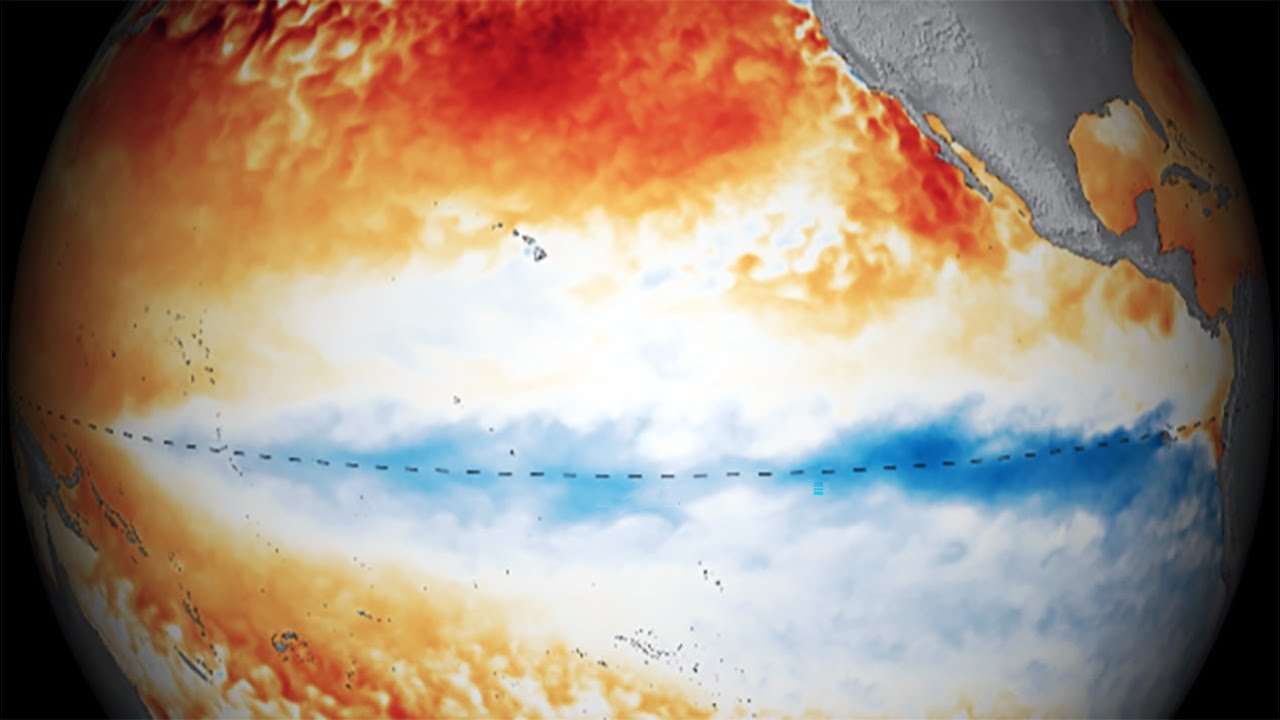La Nina aggravates the situation in the agricultural market
La Niña is one of the factors of critical price volatility
The global agricultural market is going through bad times, which adds to the volatility. For quite a long time there was record volatility in prices, which affected all the key crops, both grains, and oilseeds. The cost of products has reached maximum marks for the last 2 years and is not going to go down yet. According to experts, one of the factors contributing to the uncertainty is La Niña.
The La Niña phenomenon is recorded when winds from the East push warm water from the Pacific Ocean off the coast of Peru and Chile and these streams go to Indonesia and Australia. In turn, warm waters are replaced by cold waters from the depths of the ocean, leading to a sharp drop in temperature across Peru and Chile. The effects of La Niña have increased precipitation in northern Europe and Brazil during the winter season and low temperatures. Indonesia and Australia receive heavy rains during the summer and parts of Asia experience an increase in monsoons. The southern regions of Africa are also affected, with significant cooling. La Niña has a huge impact on agricultural processes, the fact is that the season of this phenomenon coincides with the sowing periods of various crops. The situation is aggravated by the fact that the climatic peculiarity seriously affects the state of agricultural industries of the world’s leading producers of grains and oilseeds. Crop yields depend on how long the influence of La Niña will last. Accordingly, it is difficult for experts to predict the volume of products on the world market, which leads to uncertainty and higher prices.
La Niña has a huge impact on agricultural processes, the fact is that the season of this phenomenon coincides with the sowing periods of various crops. The situation is aggravated by the fact that the climatic peculiarity seriously affects the state of agricultural industries of the world’s leading producers of grains and oilseeds. Crop yields depend on how long the influence of La Niña will last. Accordingly, it is difficult for experts to predict the volume of products on the world market, which leads to uncertainty and higher prices.
Back at the beginning of the season, analysts expected a 50-60% probability of the impact of La Niña until the end of 2022, and so far the weather continues to deteriorate. In addition to the reduced crop volume, this situation worsens the supply of major crops, whose demand is increasing amid shortages. As a result, the market finds itself in a vicious circle, and there is only hope for producers who were not affected by La Niña. A number of them at the beginning of the season increased acreage planted with oilseeds and grains to ensure more exports.
CoBank experts predict that the volatility of the global market will affect at least the next year, and prices for products will continue to rise.
The situation in the agricultural industry is aggravated by an increase in the cost of fertilizer production. This is connected with the rise in the price of energy resources as well as sanctions imposed on major suppliers of this type of product.
The state of farming in general also raises concerns. Rising prices and fertilizer shortages make production more problematic and in some cases unprofitable. Therefore, some farmers refuse to produce certain crops in favor of less expensive ones.
